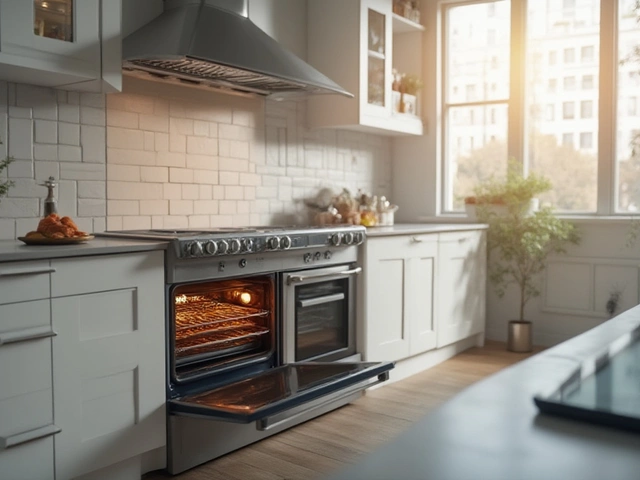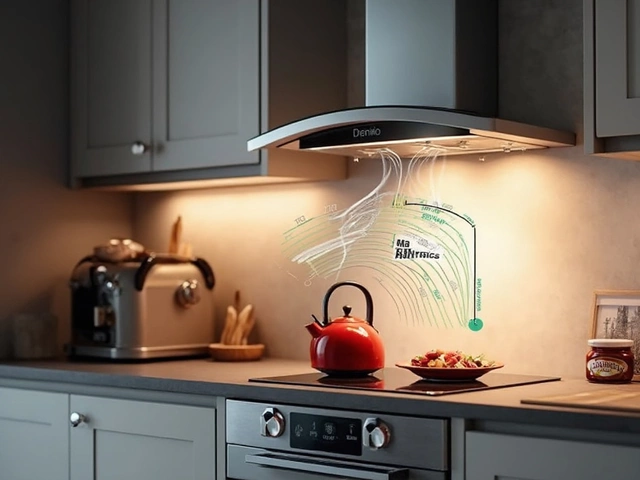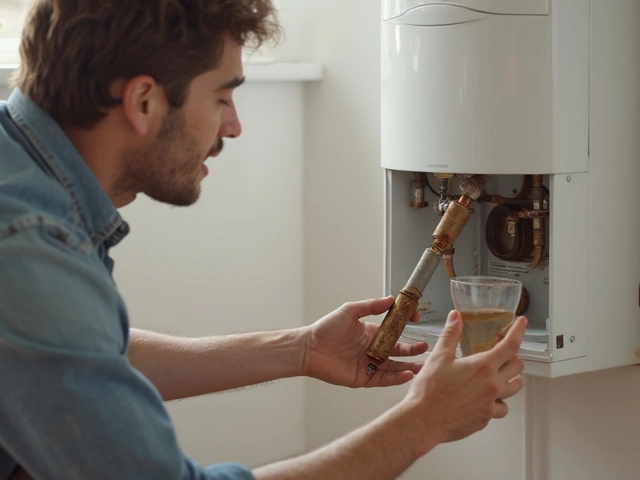Nothing messes up dinner plans like an oven that won’t heat. Before you panic and order takeout, take a look at the most common culprits. Most oven issues are simple enough to diagnose at home, and a few DIY steps can save you a callout fee.
First, check the power. A tripped breaker or a loose plug is the easiest fix. If the oven lights up but stays cold, the heating element is likely the problem. Over time, elements can burn out or develop cracks that stop them from getting hot.
Another frequent offender is a faulty thermostat or temperature sensor. These parts tell the oven when to turn the heat on and off. When they misread the temperature, the oven may think it’s already hot enough and stay idle.Bad wiring or a failed heating relay can also keep the oven from heating. These issues are a bit trickier because they involve the internal electrical circuit. If you notice any burning smells or sparking, turn the oven off immediately and call a professional.
Replacing a broken heating element is one of the most common DIY jobs. You’ll need a screwdriver, a new element that matches your oven model, and a basic safety checklist: unplug the oven, wait a few minutes for capacitors to discharge, and note how the old element is fitted before removing it.
Once the old element is out, simply bolt the new one in place, reconnect the wires, and test the oven. Most people get it right on the first try, and the oven should start heating within a few minutes.
If the thermostat or sensor looks suspicious, you can test it with a multimeter. Set the meter to ohms and compare the reading to the specs in your oven’s manual. A reading far off usually means the part needs replacing.
For wiring issues, a visual inspection often reveals loose connections or burnt insulation. Tightening a loose terminal or replacing a frayed wire may solve the problem. However, if you’re not comfortable working with live electricity, it’s safest to let a qualified electrician handle it.
Sometimes the problem isn’t the oven itself but the kitchen’s ventilation. A clogged extractor fan can cause the oven to overheat and shut down as a safety measure. Cleaning or replacing the fan can restore normal operation.
After you’ve tried these fixes, run a short bake test. Set the oven to a low temperature and watch to see if it heats up steadily. If the oven still refuses to work, the issue may be deeper – like a faulty control board.
That’s the point where a professional repair service makes sense. Bognor Regis Appliance Repair Experts can diagnose complex electrical faults, replace control boards, and ensure your oven meets safety standards. Their technicians know the local voltage quirks and can get you back to cooking fast.
Bottom line: most oven problems start with a simple power issue or a dead heating element. A quick visual check, a bit of basic testing, and the right replacement part can have you back to roasting in no time. When the fix feels out of reach, don’t risk injury – call the pros and enjoy peace of mind.

Electric ovens are handy, but they're not immune to problems. This article breaks down the most common faults people face, from ovens not heating properly to strange noises and error codes. You’ll get real tips on troubleshooting and signs when it’s time to call in the pros. Save time (and maybe some frustration) by knowing what to look out for. Find out why your oven might let you down and how to deal with it.

Ovens are essential in any kitchen, but they can sometimes act up. Whether it's uneven cooking, a door that won't close, or strange noises, there's usually a straightforward explanation—and solution. This article delves into typical oven issues, offers handy tips to troubleshoot them, and suggests when it's time to call a professional. Knowing these basics can help keep your oven running smoothly.

Need to replace your electric oven element? Find out how much it costs, what affects the price, and the best options for repairing your oven in 2025.

Choosing the right extractor fan can be a tricky task with so many options on the market. This guide breaks down key factors like fan types, sizes, noise levels, and energy efficiency to help you make an informed decision. We dive into tips on proper sizing and essential features to look for. Find maintenance tips and tricks to keep your fan running smoothly. Equip yourself with the knowledge you need to ensure a wise investment.

Not sure if your water heater's anode rod is shot? This article breaks down the telltale signs that your anode rod is past its prime, from weird smells to rusty water. Find out how long these rods actually last, why they're so important, and how to check them yourself. With some simple tips, you'll spot trouble before it wrecks your tank. Get the facts so you can keep hot water flowing without a nasty surprise.

Thinking about ditching your gas appliances? This article breaks down the real pros and cons of keeping or replacing things like your gas stove, water heater, or furnace. Learn how safety, repair costs, and future-proofing your home play into this decision. There are lots of myths out there and we’ll sort out the facts. You'll also pick up practical tips on making the best choice for your budget and home. Let's cut through the noise and find out what really matters for your gas appliances.

Electric ovens are handy, but they're not immune to problems. This article breaks down the most common faults people face, from ovens not heating properly to strange noises and error codes. You’ll get real tips on troubleshooting and signs when it’s time to call in the pros. Save time (and maybe some frustration) by knowing what to look out for. Find out why your oven might let you down and how to deal with it.